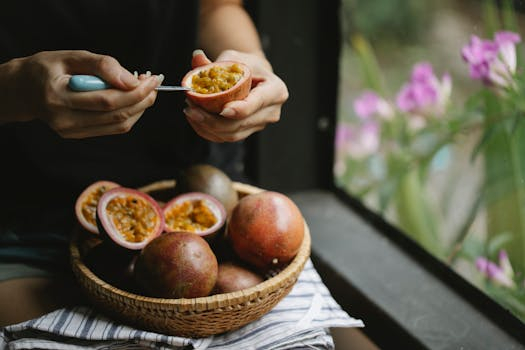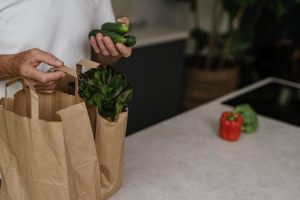Edible Packaging: When Your Food Container Becomes Part of Meal
If you’ve ever purchased takeout food or brought home leftovers from a restaurant, chances are you’ve encountered plastic or styrofoam packaging. These materials are commonly used to transport and store food, but they often end up polluting our environment and contributing to the global waste problem. However, there is a growing movement towards a more sustainable and innovative solution – edible packaging. Imagine eating your meal and then being able to eat the container it came in. This is no longer a futuristic fantasy, as edible packaging is becoming a reality. In this article, we will explore the concept of edible packaging and how it is revolutionizing the food industry.
The Rise of Edible Packaging
The idea of edible packaging is not new, but it has gained significant attention in recent years due to the increasing concern about plastic pollution. According to the National Geographic, about 91% of plastic waste is not recycled, leading to millions of tons of plastic entering our oceans each year. This has significant consequences on marine life and the environment as a whole. This alarming statistic has prompted the search for more sustainable alternatives, and edible packaging presents a viable solution.
What is Edible Packaging?
Edible packaging refers to any packaging material that is safe for human consumption. It can be made from a variety of materials, including seaweed, cornstarch, or even chocolate. These materials are often biodegradable, meaning they can break down naturally without causing harm to the environment. Edible packaging is also non-toxic and can be easily digested by the body.
The Benefits of Edible Packaging
The use of edible packaging offers several benefits, making it an attractive option for both consumers and businesses. One of the main advantages is its environmentally friendly nature. Since edible packaging is biodegradable, it does not contribute to the growing waste problem, and it does not take hundreds of years to decompose like traditional packaging materials. This reduces the amount of waste in landfills and helps to keep our oceans clean. Additionally, edible packaging is made from natural materials, reducing the use of harmful chemicals and toxins in traditional packaging materials.
Moreover, edible packaging also has a positive impact on the food industry. By using edible packaging, restaurants and food companies can offer a unique and memorable dining experience for their customers. It also eliminates the need for separate packaging, reducing production costs and contributing to a more efficient and sustainable supply chain. With the increasing demand for eco-friendly options, businesses that use edible packaging can also attract more environmentally conscious consumers, giving them a competitive edge in the market.
Challenges and Solutions
While edible packaging presents many benefits, it also faces some challenges. One of the main obstacles is shelf-life and preservation. The materials used for edible packaging are often biodegradable, meaning they can spoil quickly. Therefore, businesses need to find ways to enhance the shelf-life of their products without sacrificing their sustainability goals. Scientists are currently exploring different techniques, such as coating the packaging with natural preservatives, to extend the shelf-life of the packaged food.
Another challenge is the availability and affordability of edible packaging materials. Currently, these materials are not widely available and can be more expensive than traditional packaging materials. However, with the increasing demand, more companies are investing in research and development, which can lead to better production and lower costs in the future.
The Future of Edible Packaging
Edible packaging has the potential to revolutionize the way we package and consume food. With the increasing pressure to reduce plastic waste and the demand for sustainable options, it is likely that edible packaging will become more prevalent in the near future. As technology advances, we can expect to see more innovative and practical solutions for edible packaging.
In conclusion, edible packaging is a promising alternative to traditional packaging materials. It offers a sustainable solution to the growing global waste problem, while also providing several benefits to the food industry. While there are still challenges to overcome, the future looks bright for this innovative concept. With more consumers and businesses embracing edible packaging, we can hope for a cleaner and more sustainable world.











